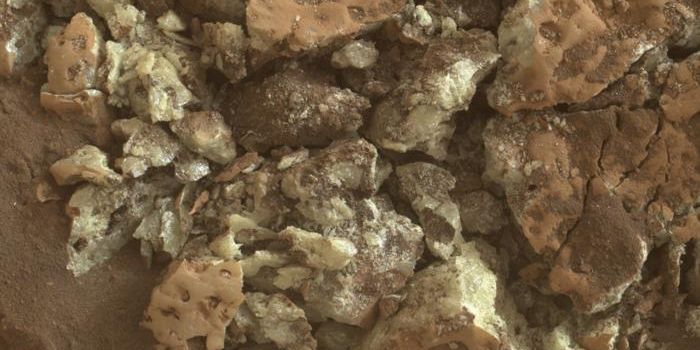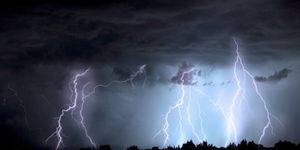Martian Weather Watch: Perseverance Rover's Dust Devil Time-Lapse
While NASA’s Perseverance rover has been tirelessly sending back images of Jezero Crater on Mars since it landed in February 2019, it recently sent back a video comprised of 21 images of a Martian dust devil that further demonstrates similarities between Earth and Mars, even though the latter is inhospitable for life as we know it. These images were taken with the rover’s Navcams on August 30, 2023, which is also the 899th Martian day, or sol, of the rover’s mission, and the resulting video was sped up 20 times.
This particular dust devil has been estimated to be approximately 2.5 miles (4 kilometers) away and traversing east to west across the Martian surface at approximately 12 miles per hour (19 kilometers per hour). Despite the bottom 387 feet (118 meters) only being visible in the images, they were able to calculate its diameter to be approximately 200 feet (60 meters) across.
“We don’t see the top of the dust devil, but the shadow it throws gives us a good indication of its height,” said Dr. Mark Lemmon, a planetary scientist at the Space Science Institute in Boulder, Colorado, and a member of the Perseverance science team. “Most are vertical columns. If this dust devil were configured that way, its shadow would indicate it is about 1.2 miles (2 kilometers) in height.”
While this video helps captivate the varying Martian surface features, Mars missions have a long history of sending back videos of dust devils from the Red Planet. They were first identified by the NASA Viking orbiters in the 1980s and later imaged by NASA’s Pathfinder rover. Most recently, the Perseverance rover make the first-ever audio recording of a dust devil on September 27, 2021, or the 215th sol of the mission.
While Martian dust devils form in the same manner as dust devils on Earth, the Martian dust devils are much larger, as depicted in this most recent video. This is possibly due to the one-third surface gravity and the Martian atmospheric pressure is a fraction of Earth’s.
How many more Martian dust devils will future missions to the Red Planet reveal in the coming years and decades? Only time will tell, and this is why we science!
As always, keep doing science & keep looking up!
Sources: NASA JPL, NASA, Sixth International Conference on Mars, NASA (1)








